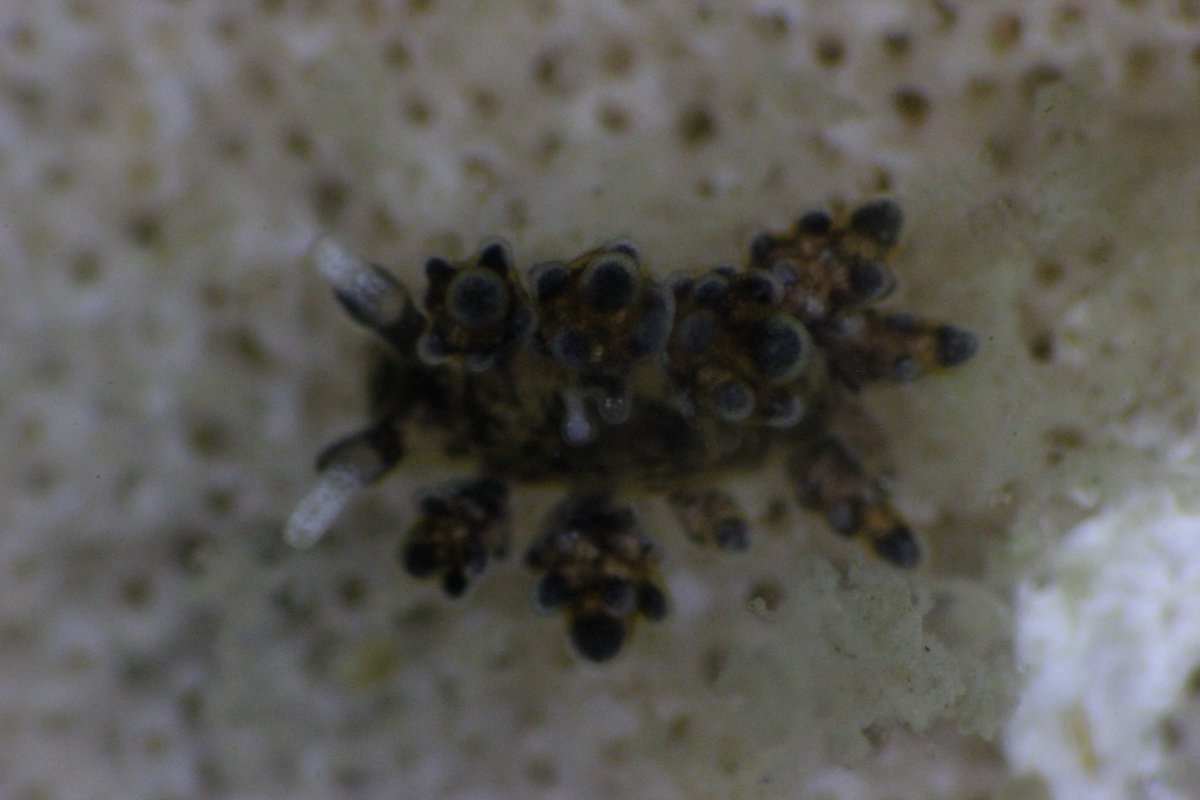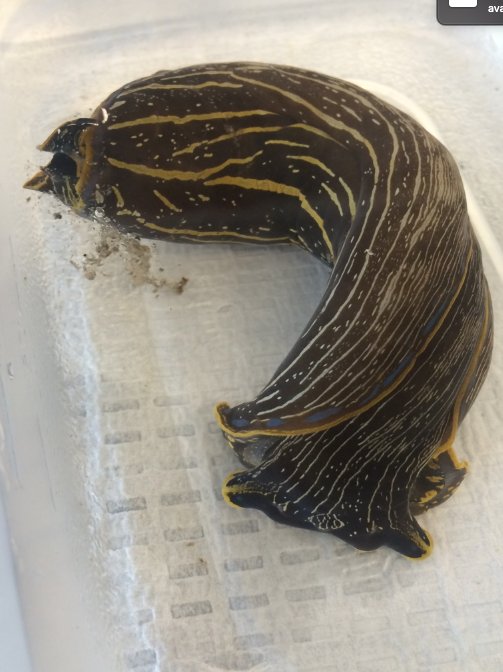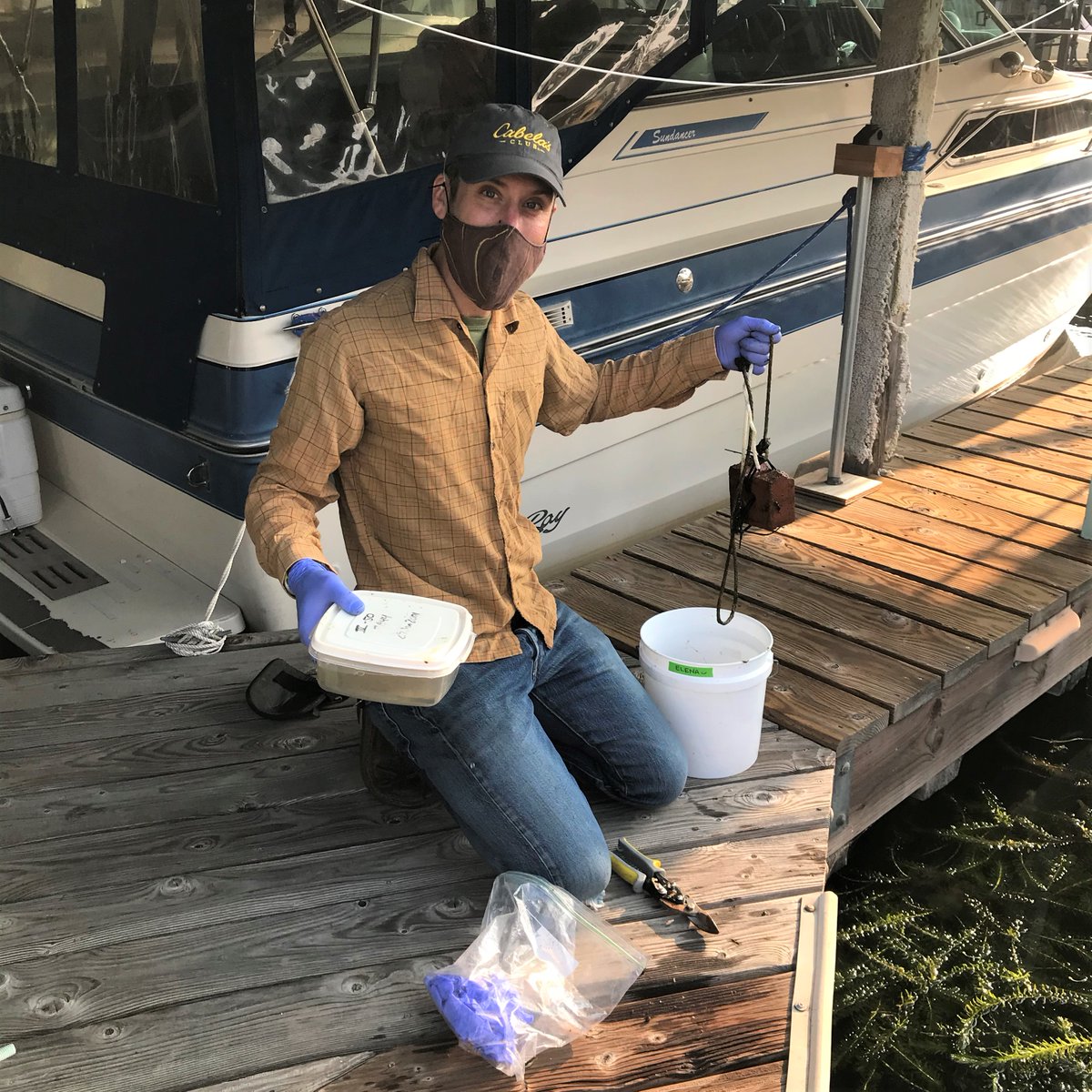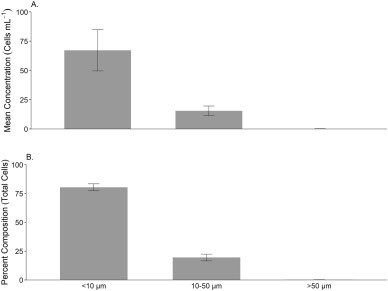It's finally wildcard day for #SlugsVsFish #SlugsVsFishes!
One of the most amazing things about sea slugs is the diversity of morphology! Here's a thread of some the amazing shapes of nudibranchs our scientists have found in the field.
First up check out these colors! 😍
One of the most amazing things about sea slugs is the diversity of morphology! Here's a thread of some the amazing shapes of nudibranchs our scientists have found in the field.
First up check out these colors! 😍

This gorgeous green nudibranchs was photographed by Chela Zabin in the Phillipines. #SeaSlugSquad 

Nudibranchs' cerrata can be in many different shapes, branched or curly, and different colors, some with shooting venomous nematocysts. 

Or maybe intense cerrata aren't your favorite... Perhaps a more simple shape and color is to your style? 



Don't forget size! Even though these two are the same colors, the one on the left (on a bryozoan colony) is many times smaller than the one on the right (in a sandwich Tupperware). 



Basically what we're saying is that you never know what to expect when you find a sea slug. And that is part of the joy of finding them!
#SeaSlugSquad #invertebratesrule
#SeaSlugSquad #invertebratesrule

This species is Bulla gouldiana from Palos Verdes, CA. It is a type of bubble snail.
This nudibranch is Doris cf. kerguelensis, and was photographed in Antarctica!
Photographed on a dive in Monterey, CA, we think this one is cf. Dendronotus iris.
This bright blue nudibranch is Doris pecten from Maui, HI!
This is Antiopella fusca, formerly called Janolus fuscus.
• • •
Missing some Tweet in this thread? You can try to
force a refresh
























